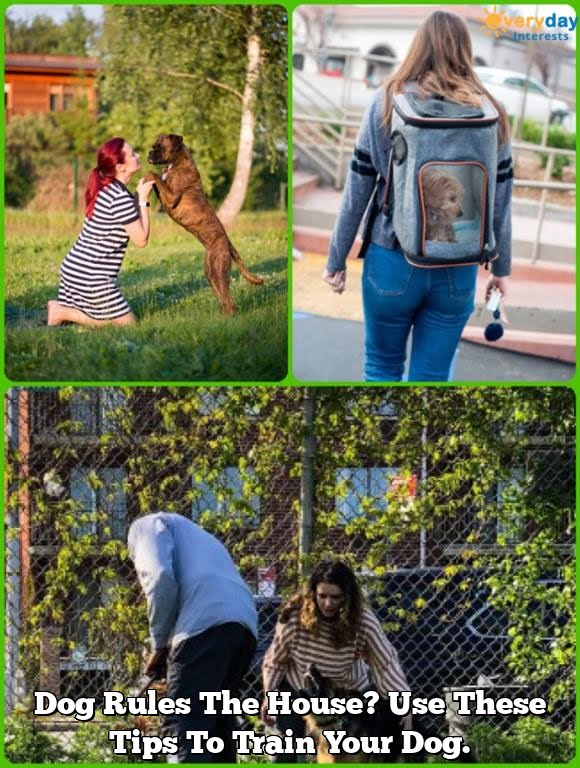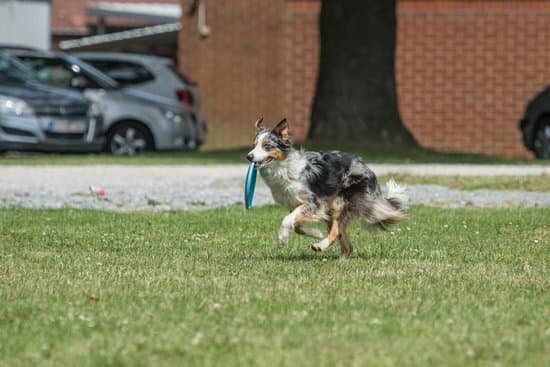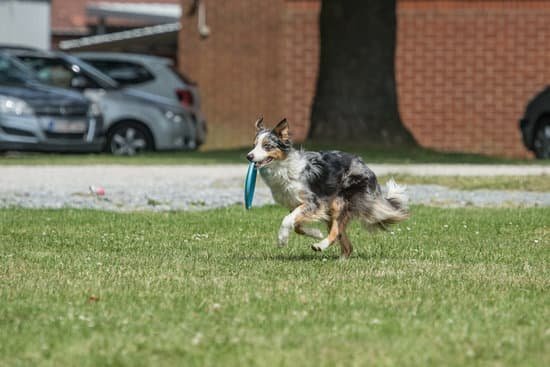Introduction
Training a dog is essential to ensure it is well-behaved and obedient. Before starting the training process, it is important to understand the benefits, including: improving communication between pet and owner; reinforcing good behavior; creating a more enjoyable lifestyle for both the dog and its humans. Training may be done in different ways such as using reward-based methods, clicker training, or basic obedience commands. Professional trainers can provide individualized help to keep pets happy and healthy throughout the process.
Neutering or spaying your domesticated animal prior to training can also help. Pets that are neutered or spayed often display calmer behavior which helps create an environment of learning during their training sessions. As part of the training process, teaching praise instead of punishment can be effective in reinforcing desirable behaviors. Additionally, providing regular treats when appropriate enable animals to associate their positive actions with yummy rewards!
Maintaining consistency during the training process is another key point to be mindful of when teaching new behaviors or tricks. By repeating desired behaviors over time in consistent intervals allows dogs to better recognize what type of actions will result in rewards or a treat and helps build up trust between pet and owner. Lastly, being patient with your four-legged friend will go a long way in achieving desired results from their ongoing education!
Choosing the Right Dog
When looking for the right dog to train, it is essential to take into account a variety of factors. Firstly, it is important to understand breed characteristics beforehand as different breeds require different levels of work and time commitments from their owners. Do your research and make sure that your unique lifestyle and preferences match up with the traits associated with a particular breed. Secondly, you will want to consider the age of the dog. Puppies are often more forgiving when training as they have not developed any bad habits yet. However, adult dogs often come with pre-existing training knowledge and experience which can give them an edge in certain learning activities. You should also keep in mind how large the dog will get once fully grown, as some larger breeds may require more space than what you are able to provide or may be difficult to handle depending on your strength level. Finally, make sure to find a good fit for each member of the family! Dogs should be chosen carefully so that various members of the household can feel comfortable and bonded with the animal throughout its lifetime.
Setting Up a Healthy Environment
When training a dog, it is important to create an environment that is conducive to learning and discipline. Since dogs are social animals, it’s important to set the parameters of their space as well as define areas of the home for training. Think about where your dog spends most of its time and choose that location for setting up the designated area. The area should be free of distractions like toys and soft furniture, which may encourage bad behavior or make it harder for your dog to stay focused.
In order to ensure success with your dog’s training, you will also need to purchase the appropriate supplies – think items like treats, clickers, and leashes. There are several different types of positive reinforcement such as verbal praise, petting, or a toy reward you can use in order for successful results with your pup’s learning. Lastly, establishing a routine will help your dog anticipate what activities are coming up throughout the day so that each task becomes more familiar over time. Consistency is key in training; if possible try to keep feeding times and other scheduled behaviors close together each day so your pup knows what to expect from their daily routine.
Creating Positive Reinforcement
If you want to train your dog successfully, it is important to create a positive reinforcement system. Rewarding good behaviors and praising your dog when they do something right will help them understand what is expected of them. Understanding your dog’s body language and behavior can also be incredibly helpful in understanding how they interact with their environment. Once you can better understand them, you can use this information to better reinforce their positive behaviors and start correcting any undesired behaviors. Many experts suggest using time-outs or redirecting the behavior for the most efficient results. Also, rewards such as treats and toys are excellent tools for encouragement, motivation, and creating strong bonds between human and canine companions. Using these techniques in combination with one another will help create an effective training strategy for your pup, resulting in gorgeous manners.
House-Training
House-Training: House-training is one of the most important steps in training a dog. It requires patience and consistency, but if done correctly, house-training can be accomplished quickly and effectively. To start, establish set times for potty breaks at least every 3-4 hours throughout the day. By taking your pup outside around the same time each day, they will learn to associate specific times with elimination activities. Secondly, you should invest in crate training basics; this means teaching your pup that their crate is a safe and peaceful place to take refuge when needed—not a disciplinary method for incorrect behavior. Finally, you should start teaching your pup verbal commands; this may take some time since dogs need repetition to learn new commands but having basic commands such as sit, stay, come and go sets you off on the right foot. With practice and consistency, you can start to build trust with your pup and create a strong bond between the two of you.
Introducing Basic Commands
When training an individual dog, it is important to be consistent with the commands you use. You will want your dog to understand each command and its related action. Start by introducing the simplest commands such as “sit” or “stay”, but move onto more complex skills as soon as your dog has a good understanding of them. Teaching “heel” is also recommended, which teaches the dog to stick close by your side when walking. In addition, teaching a verbal recall command for when off-leash is highly beneficial. Positive reinforcement should always be used during every aspect of training; give your pooch plenty of praise and treat rewards as they demonstrate learned behaviors. Scheduling consistent training sessions in increments throughout the day will help make your pup a well-behaved companion in no time!
Training for Obedience and Other Specialized Skills
Before training your dog in obedience or advanced behaviors and commands, the foundation of good behavior must be established. This means that you will need to use house rules and positive reinforcement to encourage correct behavior. You can then begin teaching basic commands such as sit, stay, come, and leave it. Using treats and praise during training is important as dogs respond positively to it. After your pup has become familiar with basic commands, you can move on to more advanced skills such as agility training and tricks.
Agility training teaches more complex movements such as jumping over hurdles, running around a course following cues, weaving through poles, etc. It strengthens the bond between you and your dog while also honing their critical thinking and problem-solving skills. Depending on the breed of your furry friend, you can use either all-breed clubs or registry clubs to practice for events such as The United States Dog Agility Association (USDAA) National Championships or AKC agility competitions hosted by the American Kennel Club (AKC).
The AKC also offers many other competitions where dogs can demonstrate their abilities in categories including conformation shows, rally obedience trials, tracking tests, nosework trials (where they sniff out hidden objects), companion events (where they demonstrate behaviors they have mastered in class), etc. To make sure that you are informed of the guidelines for each event type before competing in them at any level certification processes have been implemented by various organizations.
To reach an even higher level of competency with your dog there is a range of specialized behavioral commands which have numerous applications such as therapy dogs going into hospitals or service dogs aiding with disabilities. These advanced commands include retrieving specific objects on command; teaching them when they should stop walking or run away; being able to identify multiple people from a distance; stay silent on command; recall from sirens/loudness/etc., etc., depending on their area of expertise . Training these skilled behaviors require rigorous consistency and dedication in order for the canine student to master them correctly.
Conclusion
Training a dog may seem like a daunting task, but with patience and consistency it can be done successfully. By taking the time to create boundaries, establish routines and provide plenty of positive reinforcement your canine companion can become a happy and well behaved pet. It is important to remember that training is an ongoing process, so regular practice is key. As well as teaching basic commands, it’s also recommended to consult with a professional trainer if you have a particularly stubborn or difficult dog. Professional trainers have access to resources that may not be available through self-training and can help secure lasting results which in turn will foster more rewarding relationships with our beloved pets. Ultimately by investing in good training practices we can unlock the potential of our furry friends enabling them to reach their full potential and bond with us during quality time spent together.

Welcome to the blog! I am a professional dog trainer and have been working with dogs for many years. In this blog, I will be discussing various topics related to dog training, including tips, tricks, and advice. I hope you find this information helpful and informative. Thanks for reading!





